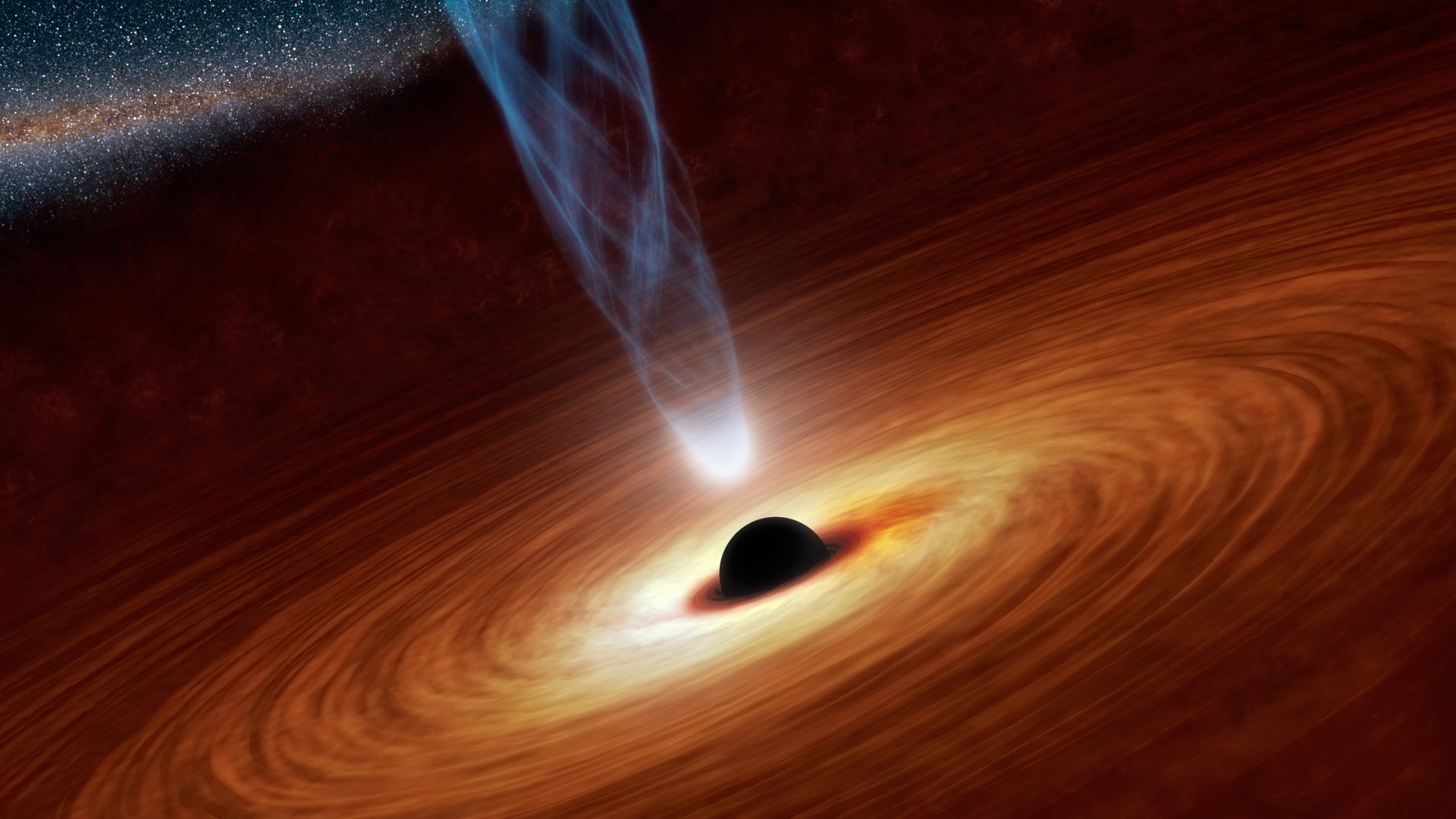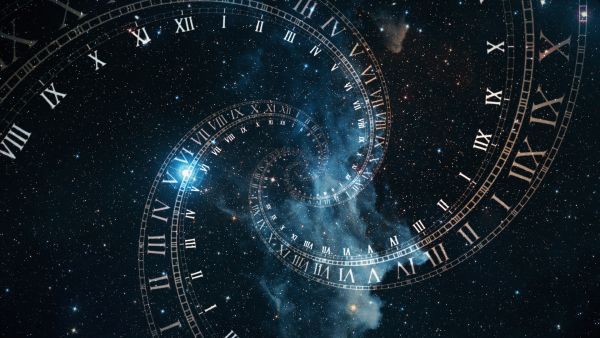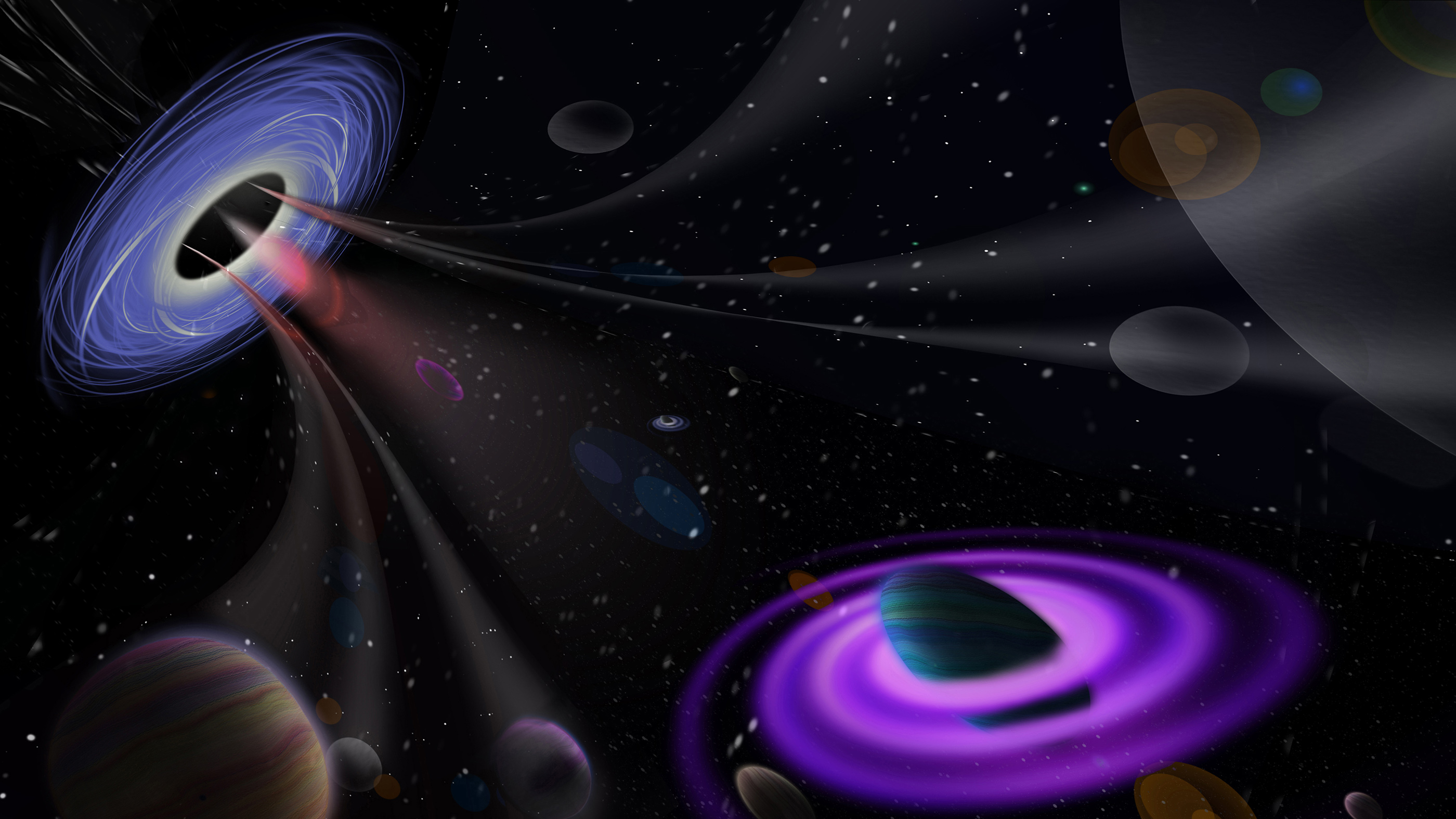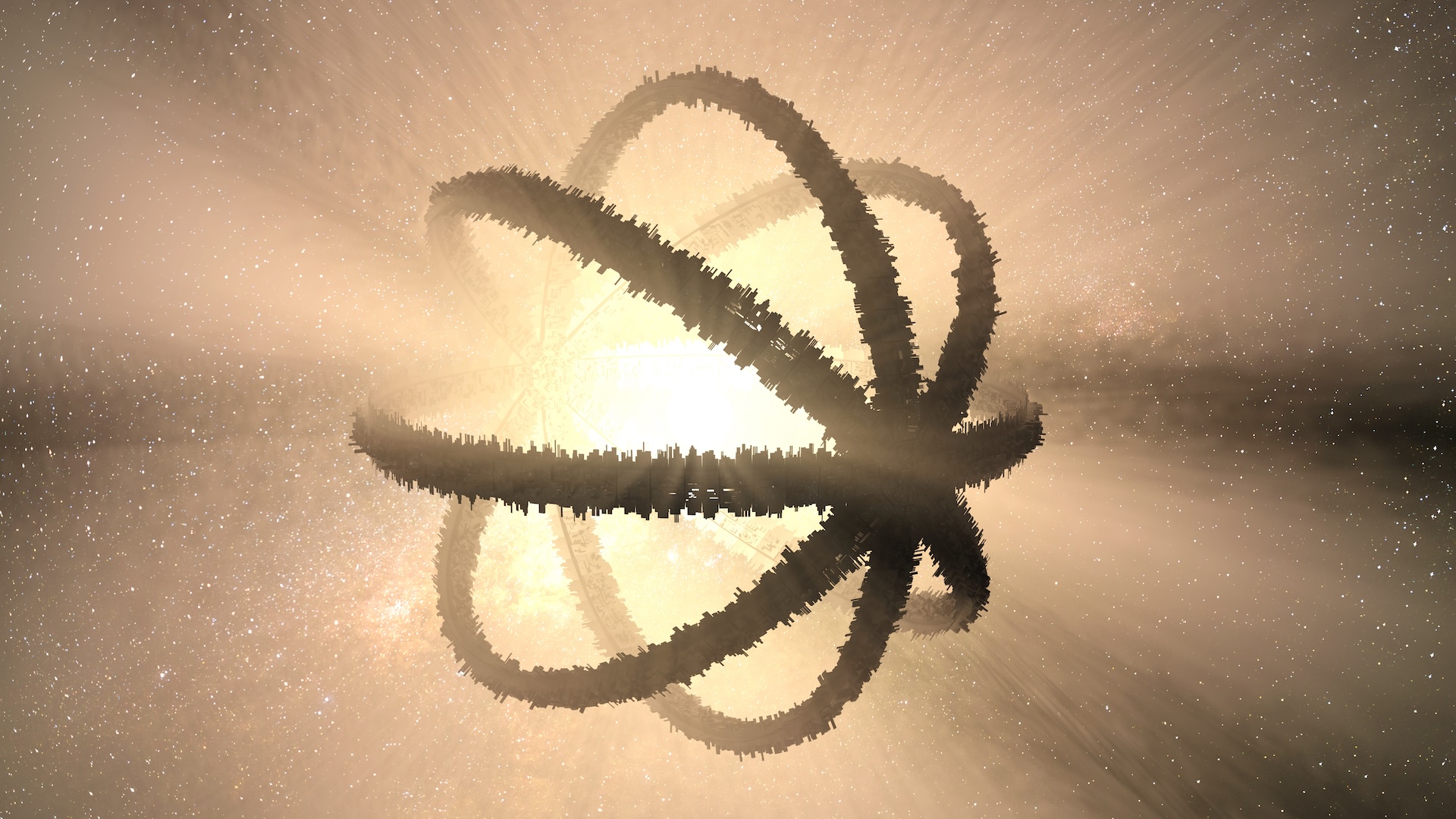
Paul Sutter
Paul M. Sutter is a research professor in astrophysics at SUNY Stony Brook University and the Flatiron Institute in New York City. He regularly appears on TV and podcasts, including "Ask a Spaceman." He is the author of two books, "Your Place in the Universe" and "How to Die in Space," and is a regular contributor to Space.com, Live Science, and more. Paul received his PhD in Physics from the University of Illinois at Urbana-Champaign in 2011, and spent three years at the Paris Institute of Astrophysics, followed by a research fellowship in Trieste, Italy.
Latest articles by Paul Sutter
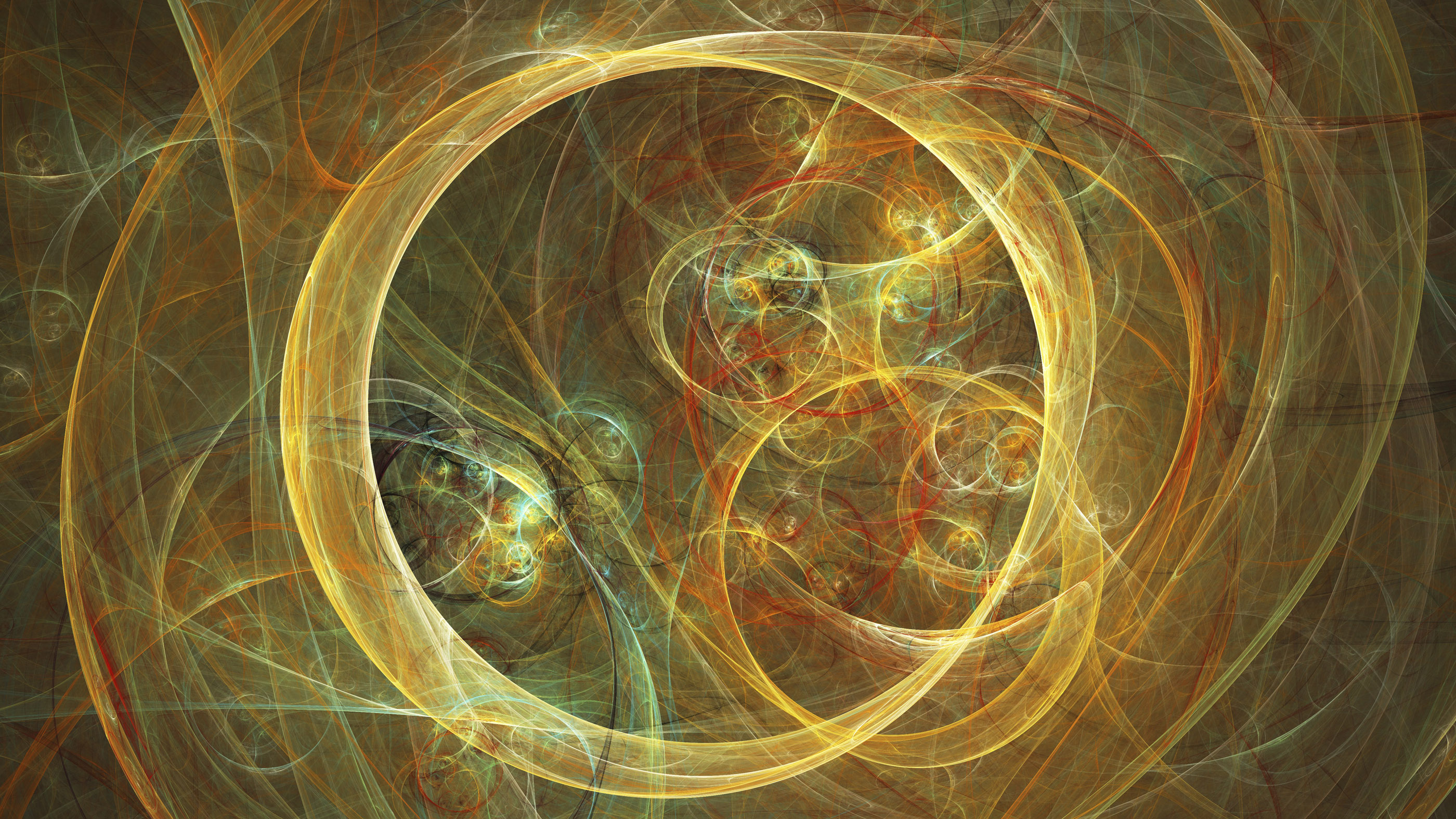
Does consciousness explain quantum mechanics?
By Paul Sutter published
A wild theory suggests that consciousness may explain quantum mechanics, by forcing the subatomic particles to choose one concrete outcome.

Is all matter made up of both particles and waves?
By Paul Sutter published
According to quantum mechanics, the physics theory that describes the zoo of subatomic particles, all matter can be described as both particles and waves. But is it real?
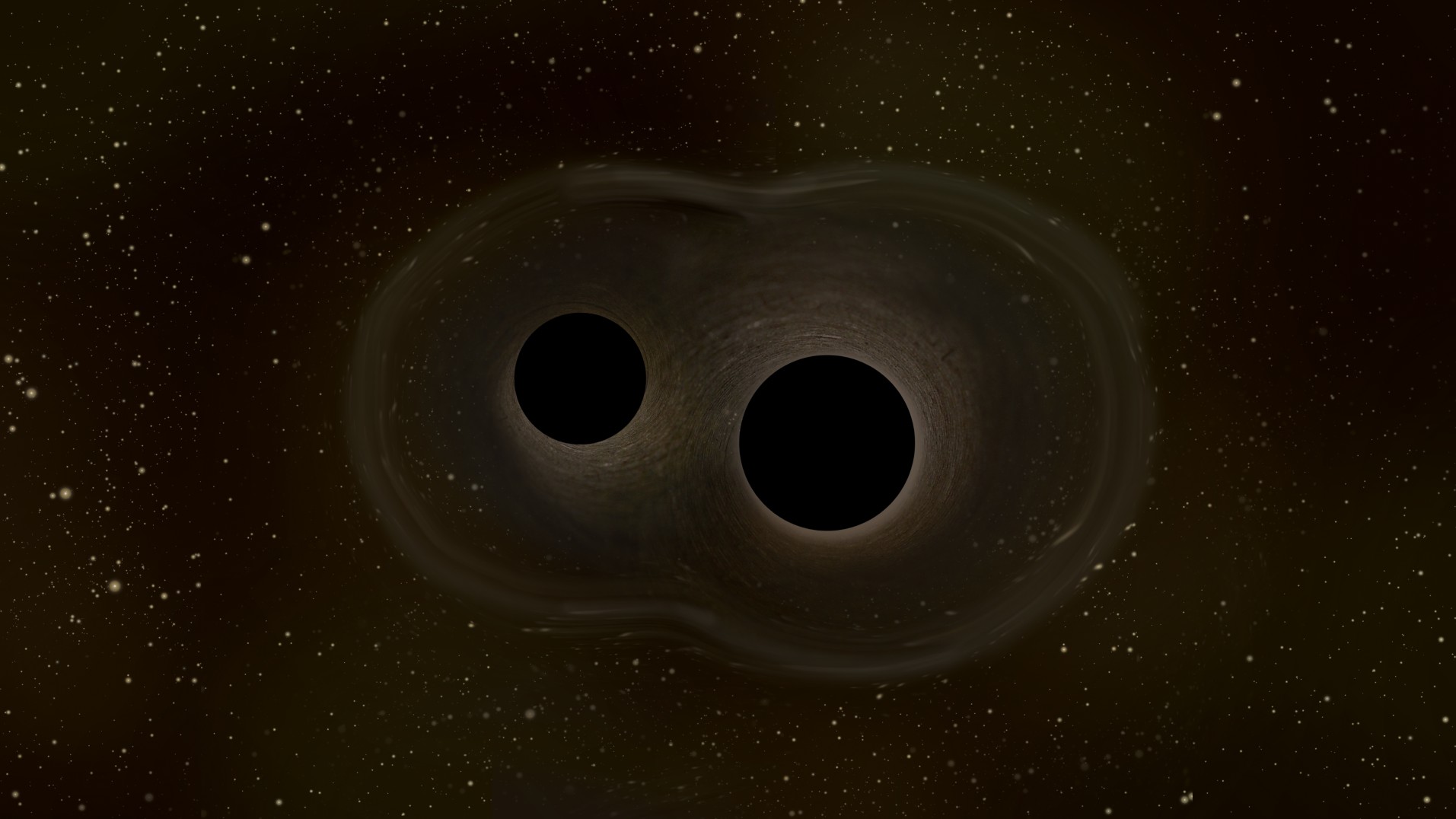
How gravitational waves can 'see inside' black holes
By Paul Sutter published
What lurks at the center of a black hole? Studying the space-time ripples from black hole collisions could reveal an answer.
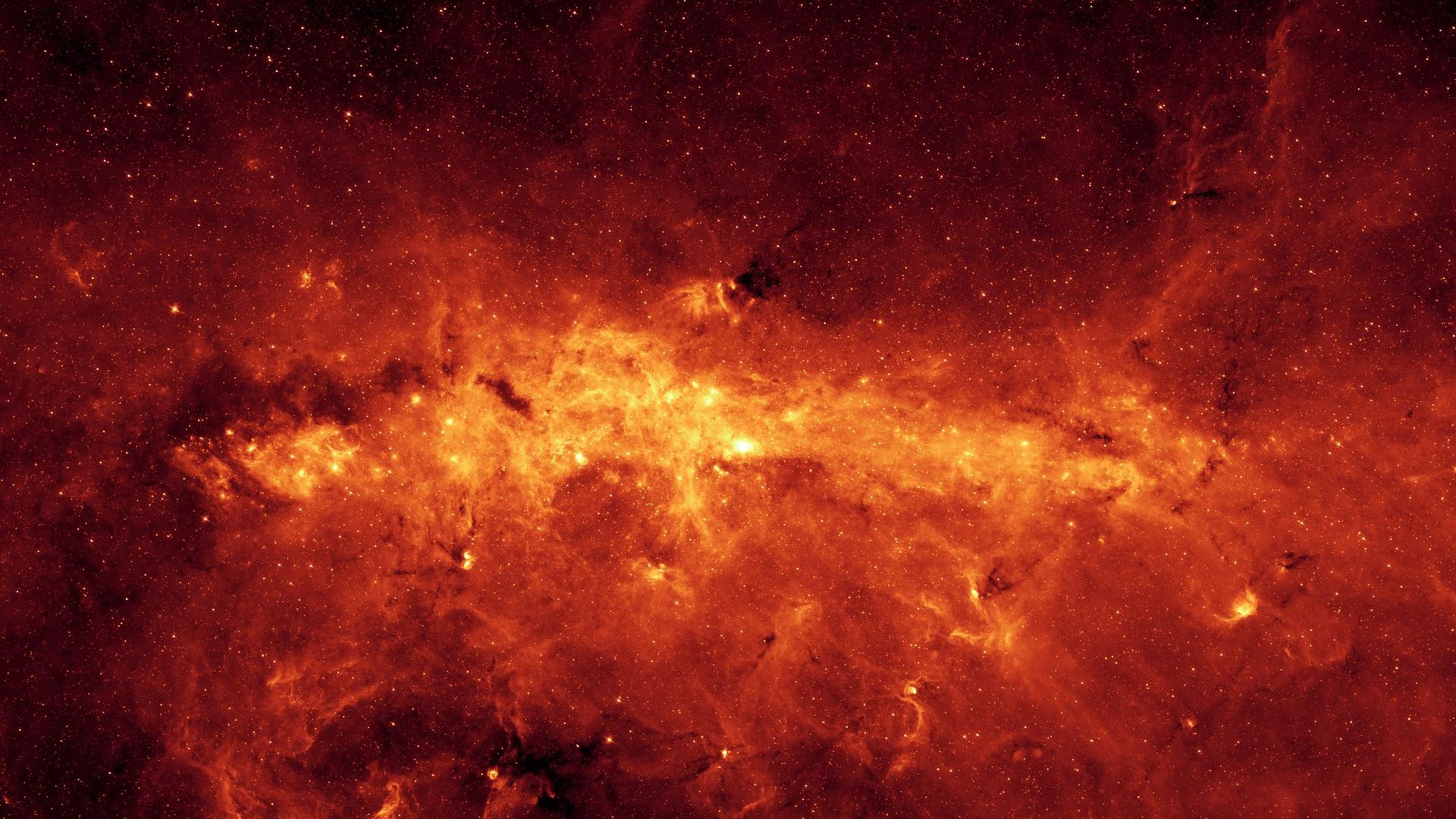
How did the Milky Way form?
By Paul Sutter published
Our 13 billion-year-old galaxy has gone through many growing pains — usually to the detriment of its smaller neighbors.
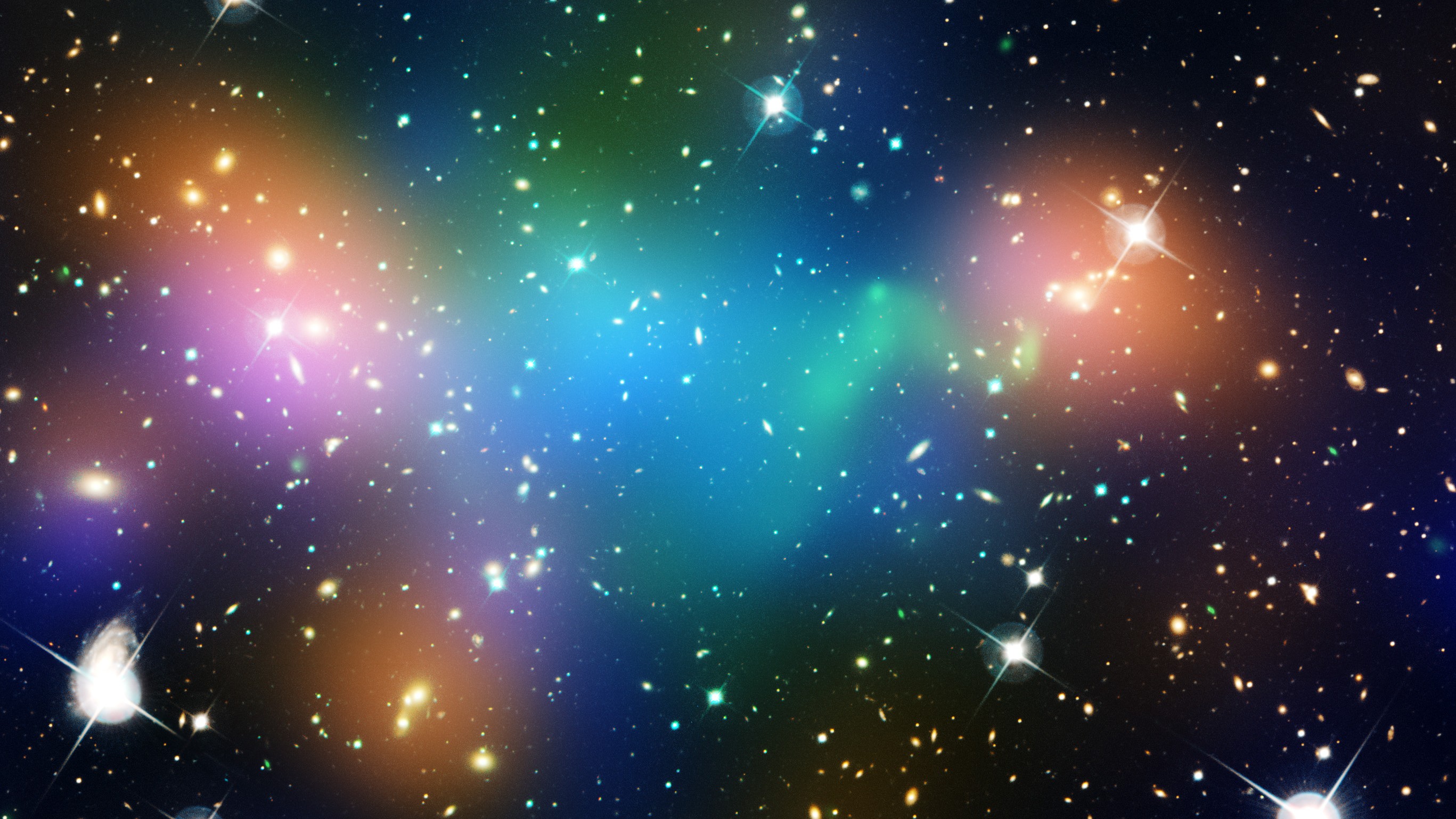
How much of the universe is dark matter?
By Paul Sutter published
Most matter in the universe cannot be seen — but its influence on the largest structures in space can.

How was the universe created?
By Paul Sutter published
Short answer: We don't really know how the universe was created, though most astrophysicists believe it started with the Big Bang.

Breaks in the Perfect Symmetry of the Universe Could Be a Window Into Completely New Physics
By Paul Sutter last updated
If this fundamental symmetry of the universe doesn’t hold, it could break open new physics.

Physicists get closer than ever to measuring the elusive neutrino
By Paul Sutter last updated
Scientists used a 200-ton "neutrino scale" to measure the elusive particles.

The Quantum World May Have a Favorite Flavor, Tantalizing Results Suggest
By Paul Sutter last updated
The world of the teensy-tiny, the quantum realm, could have a favorite flavor. Here's why that's a big deal.

Oddly heavy particle may have just broken the reigning model of particle physics
By Paul Sutter last updated
An ultraprecise measurement of the mass of the W boson may diverge from the Standard Model, a long-reigning framework that governs the strange world of quantum physics.
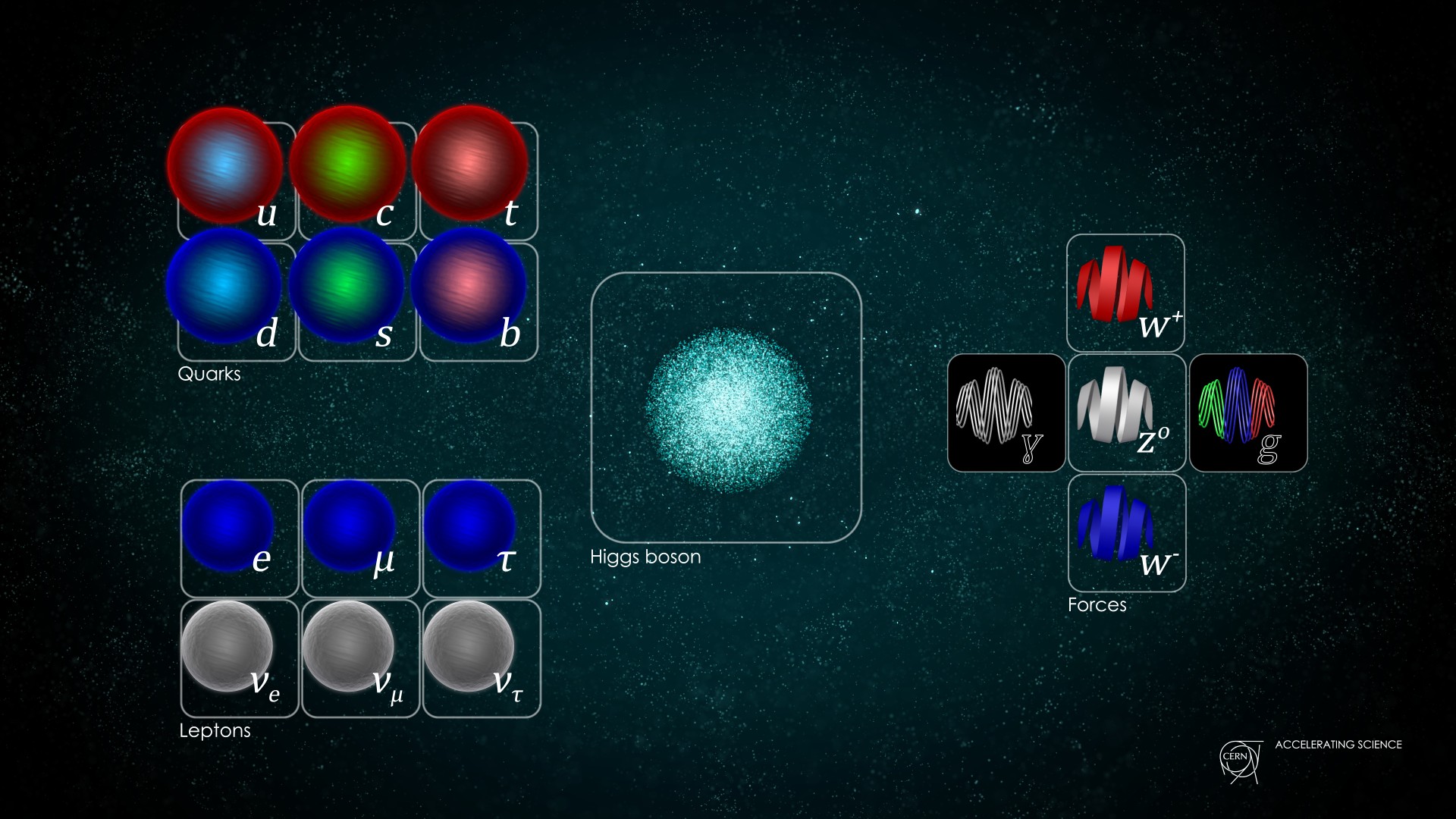
What is the Standard Model, the subatomic physics theory that has been tested more than any other?
By Paul Sutter published
The Standard Model is the modern physical understanding of three of the four forces of nature: electromagnetism, the strong nuclear force and the weak nuclear force.
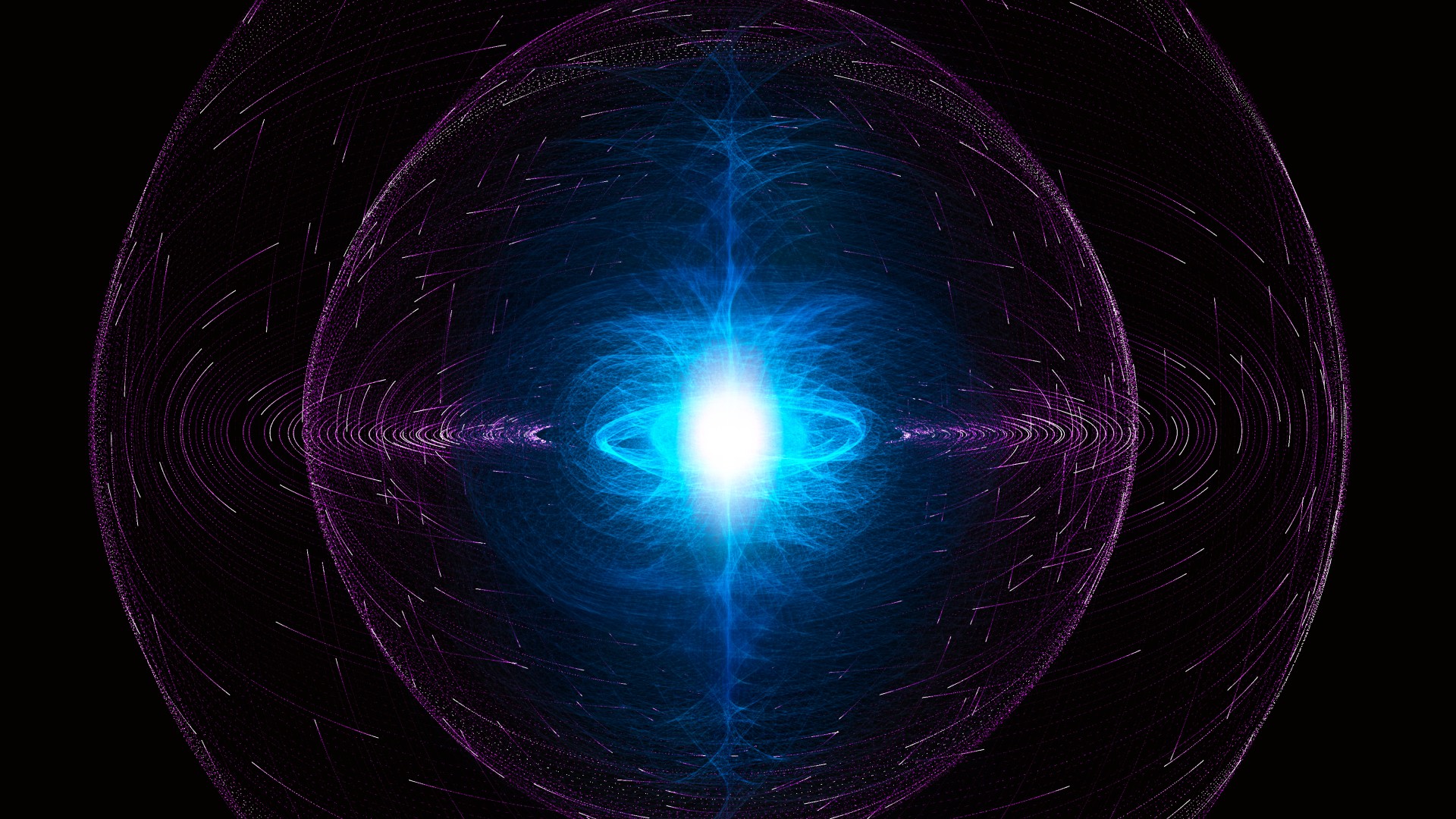
Never-before-seen 'strange quark star' may have formed after cosmic collision, physicists say
By Paul Sutter published
A team of physicists has found that the remnant of a neutron star merger observed in 2019 has just the right mass to be a strange hypothetical quark star.
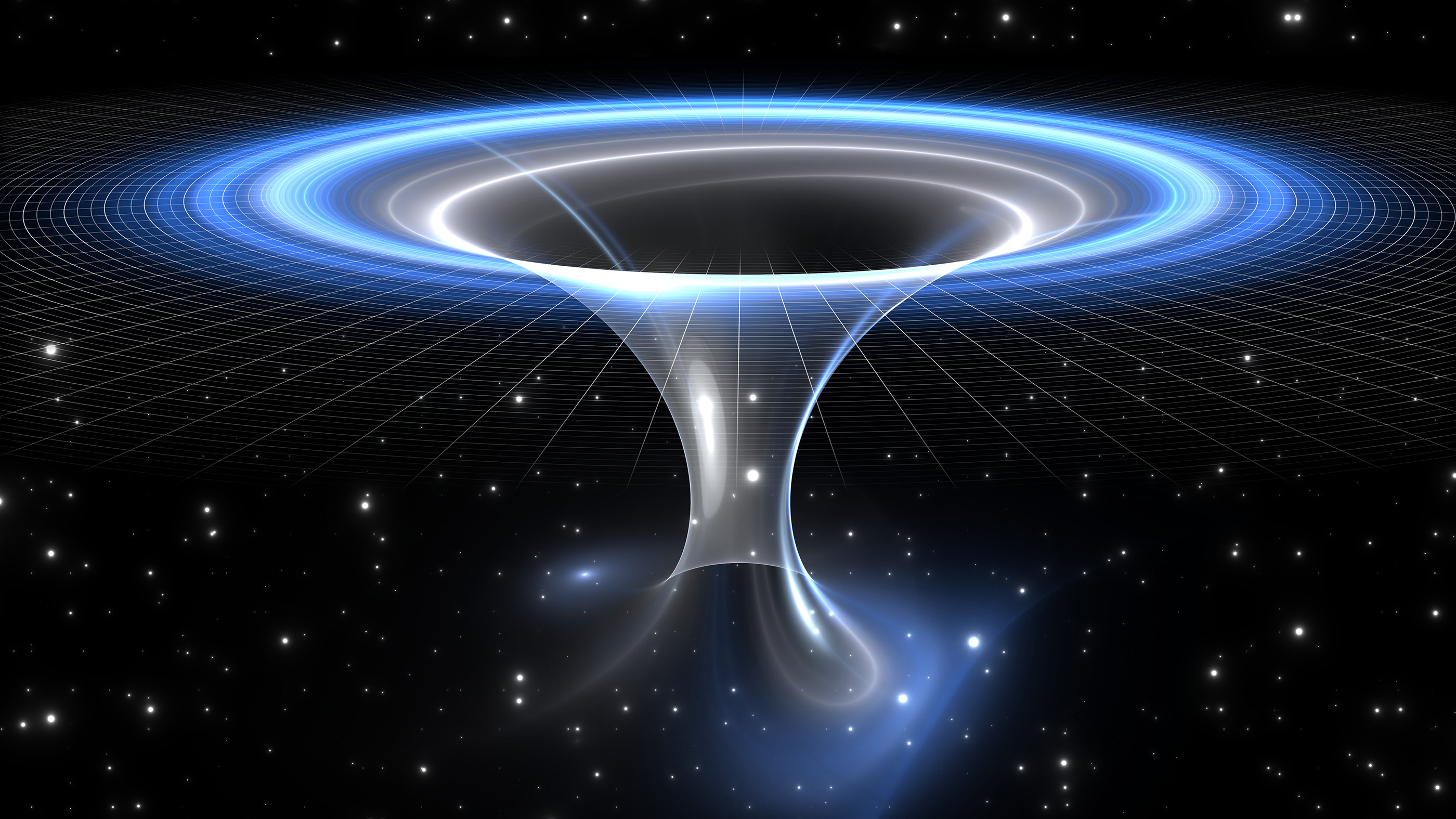
Are black holes wormholes?
By Paul Sutter published
And can we use them to traverse the universe?
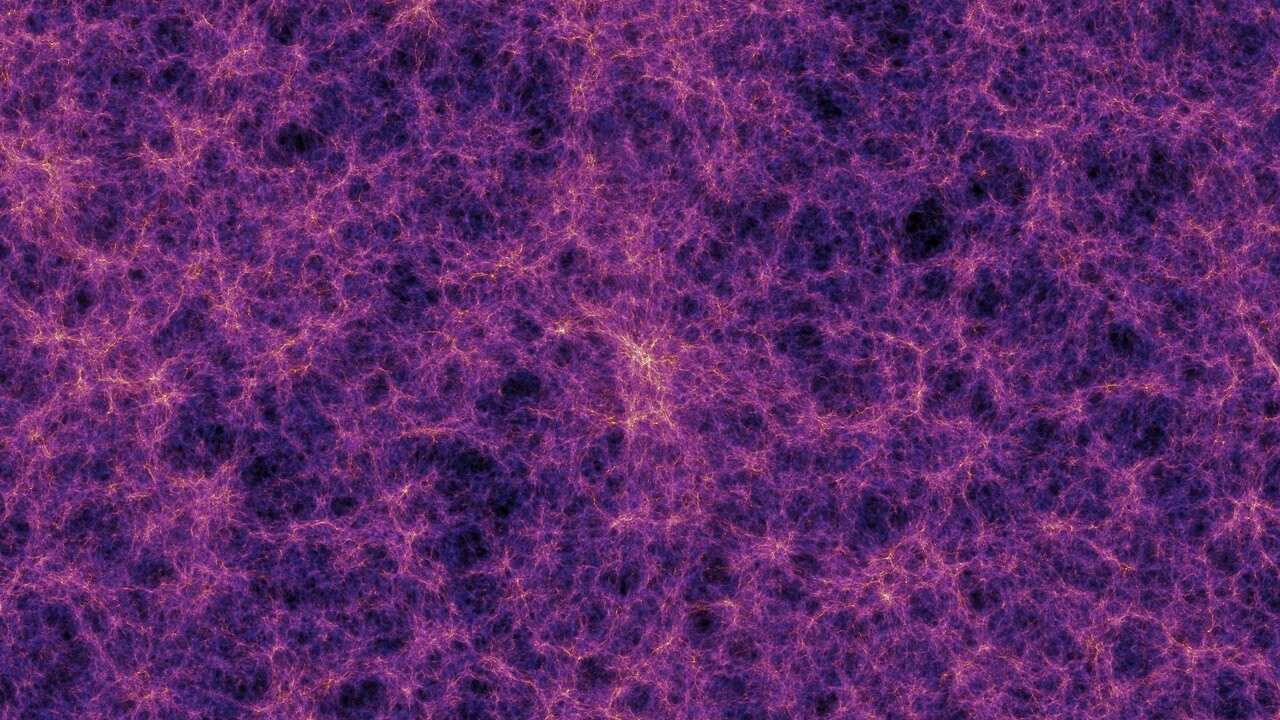
Giant voids of nothingness may be flinging the universe apart
By Paul Sutter published
Dark energy could be caused by pressure from giant voids of nothingness that may be flinging the universe apart.
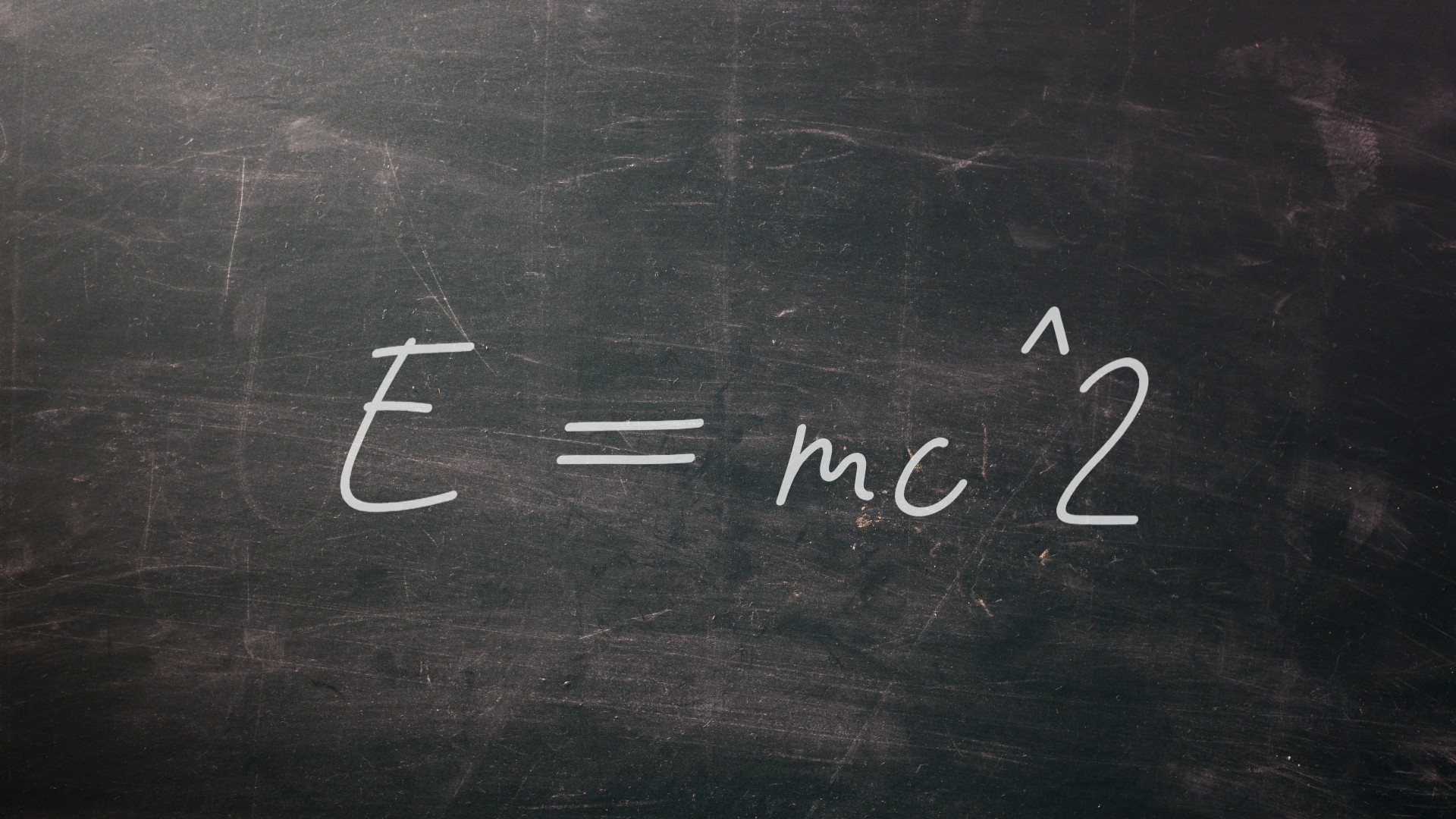
Why does E=mc^2?
By Paul Sutter published
Albert Einstein's famous equation E = m^2 connects energy to mass via the speed of light. Find out why E = m^2.
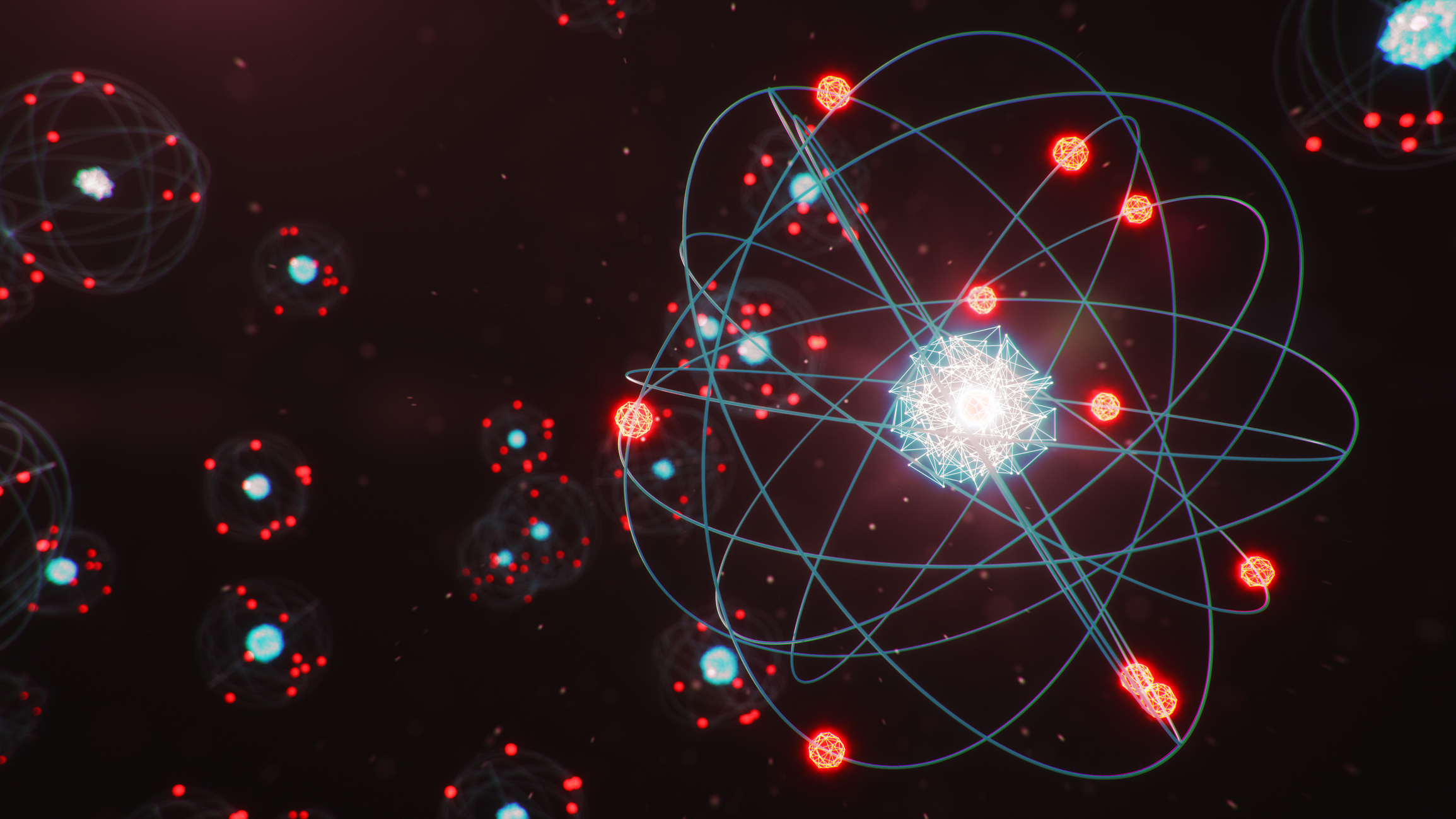
Where do electrons get energy to spin around an atom's nucleus?
By Paul Sutter published
Quantum mechanics explains why the electrons can keep spinning indefinitely.

Physicists link two time crystals in seemingly impossible experiment
By Paul Sutter published
New time crystal achievement could help bridge classical and quantum physics.
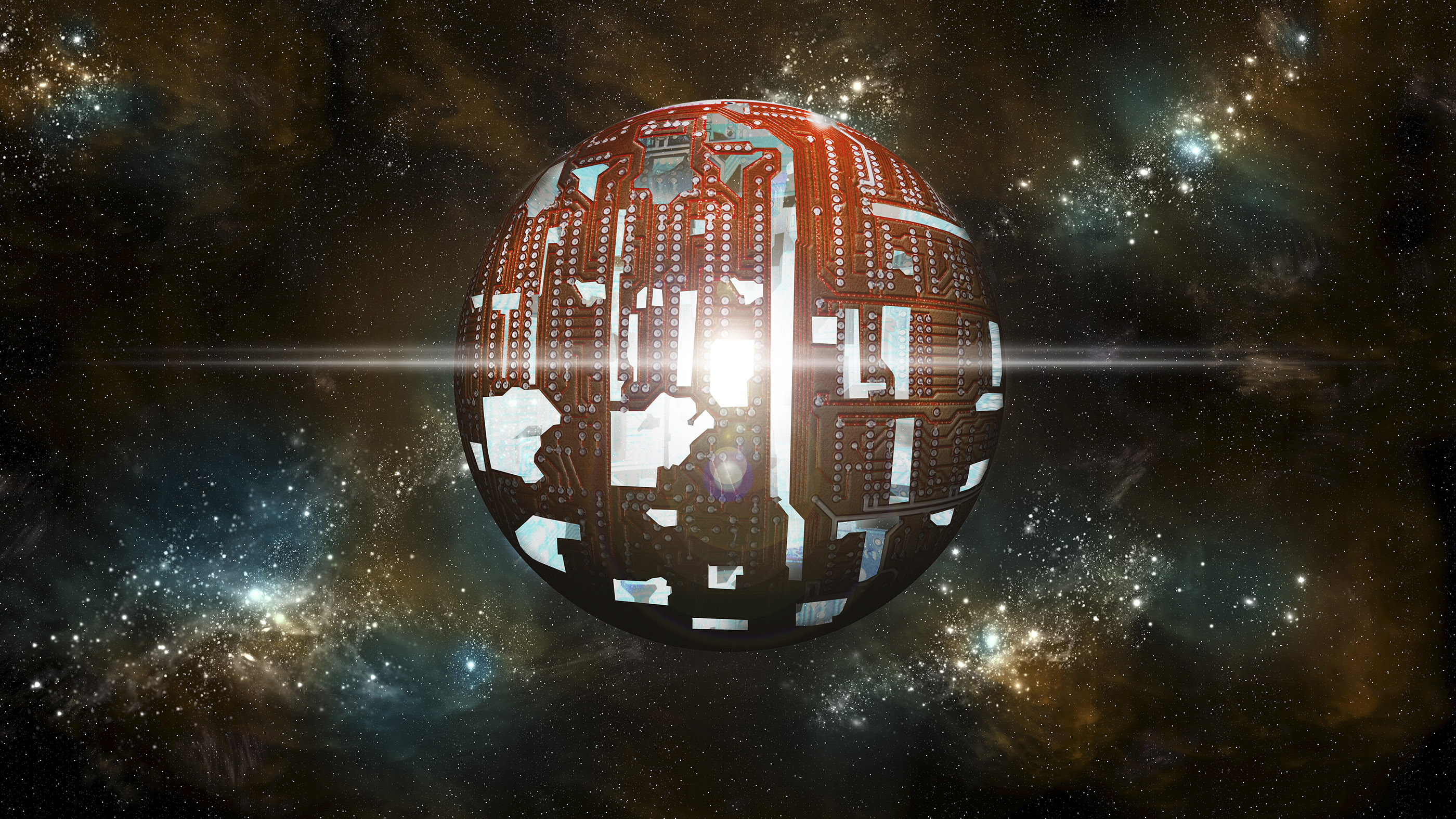
The aliens are all hanging out on Dyson spheres circling white dwarfs, physicist argues
By Paul Sutter published
If aliens exist, they do exist, they might be hanging out on Dyson spheres circling the husks of sunlike stars called white dwarfs.

Physicists predict Earth will become a chaotic world, with dire consequences
By Paul Sutter published
Humans aren't just making Earth warmer, they are making the climate chaotic, a stark new study suggests.
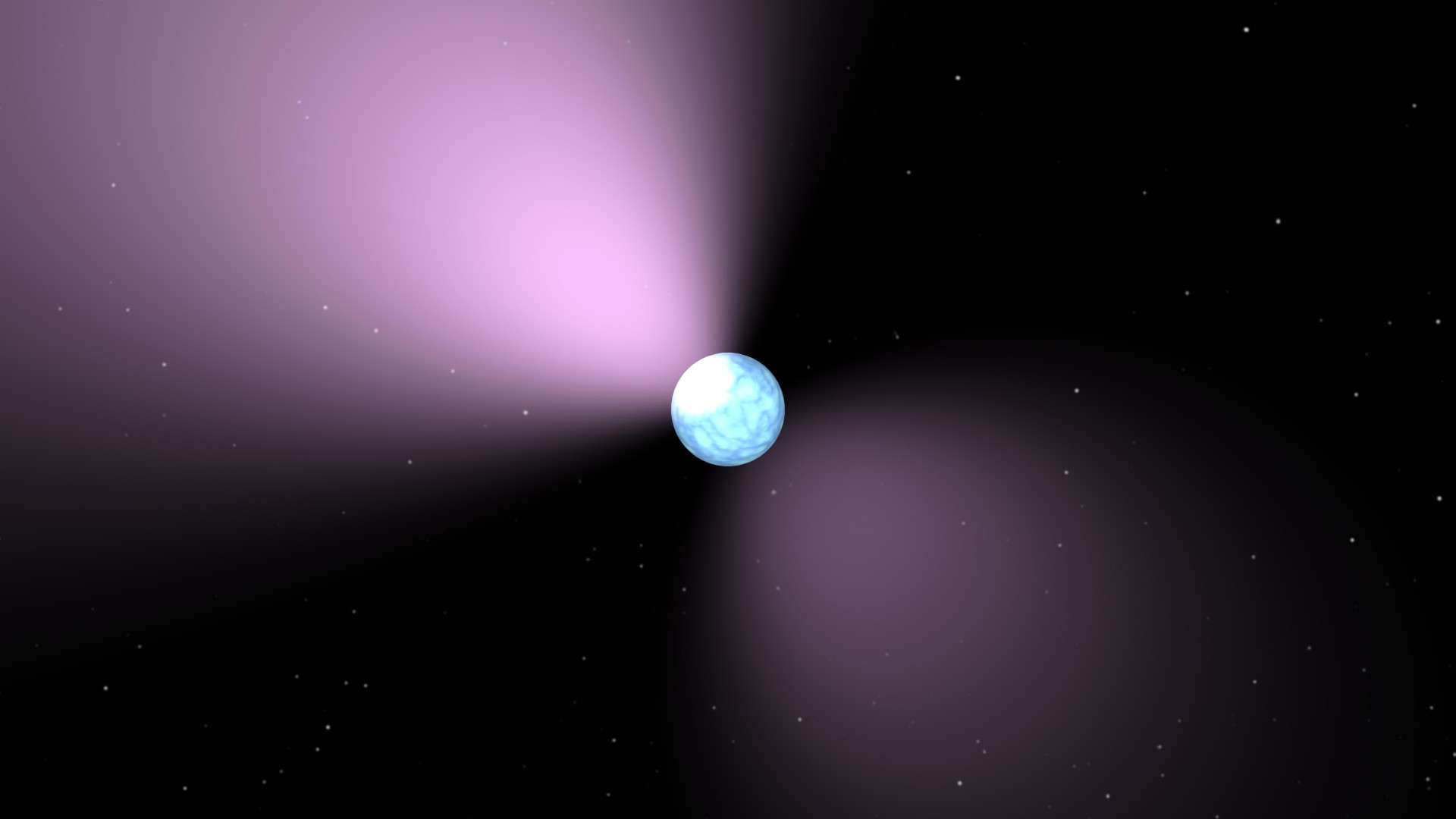
What are pulsars?
By Paul Sutter published
Reference Pulsars are the ultradense cores of gigantic stars that emit beams of radio waves in regular pulses, like cosmic lighthouses.
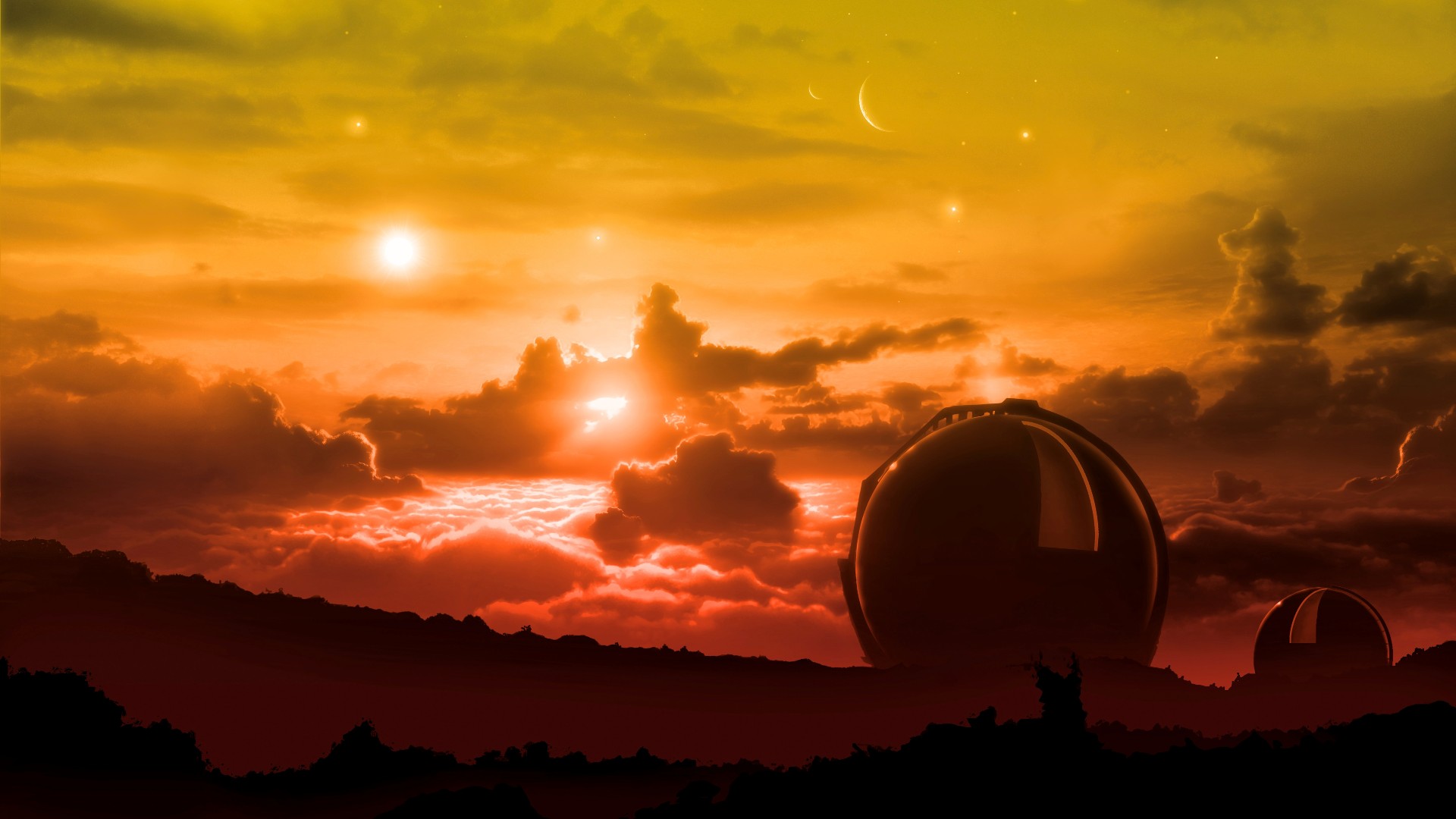
Humans could become a truly interplanetary species within 200 years, physicists claim
By Paul Sutter published
Harness renewable energy to explore the cosmos or risk planetary doom, new physics study argues

What is the universe?
By Paul Sutter published
Reference It's quite a big question and a lot is still unknown about the universe, but we'll tell you everything that we do know, from how the universe was created, how old it is and what it's even made of.
Sign up for the Live Science daily newsletter now
Get the world’s most fascinating discoveries delivered straight to your inbox.
